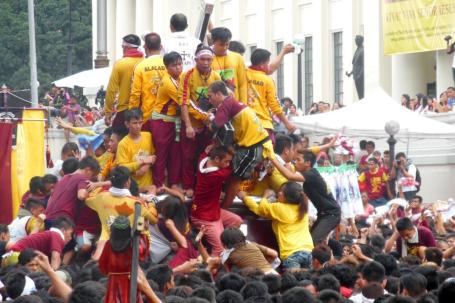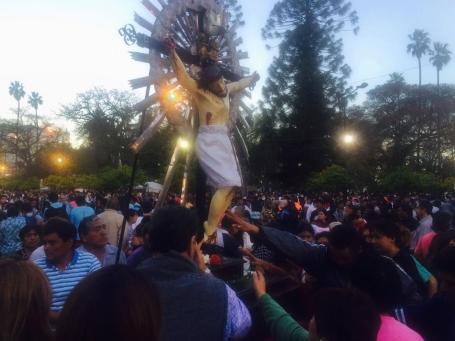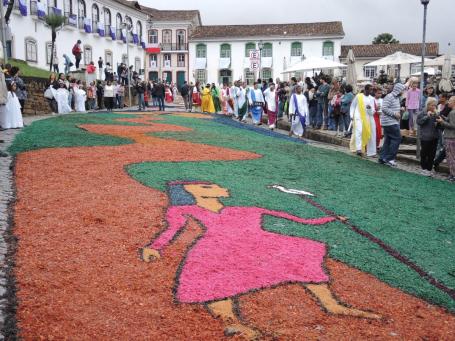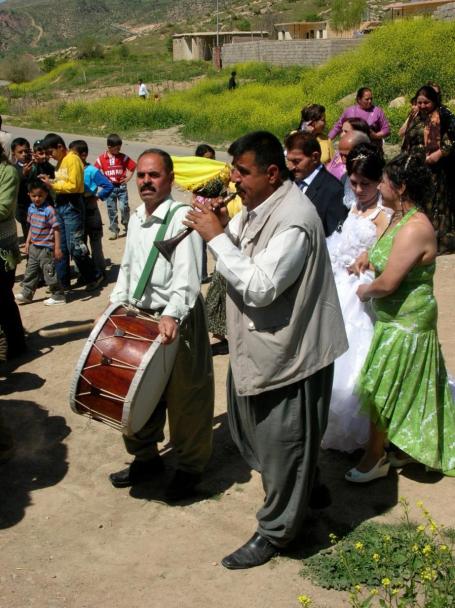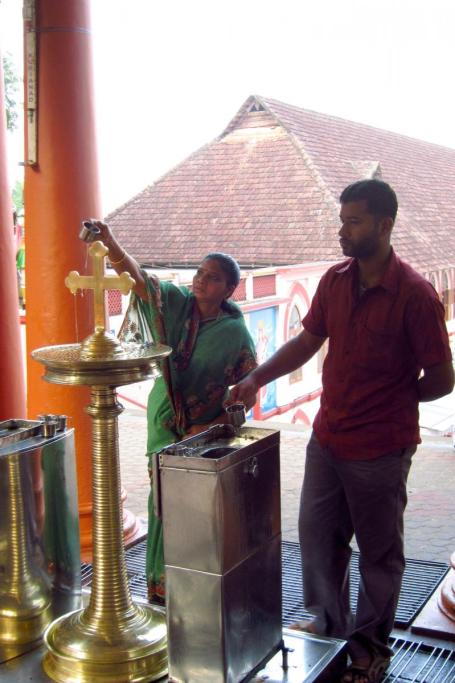The Catholics & Cultures website is an emerging resource for teachers interested in introducing students to the field of Global Catholicism. One of my goals has been to introduce the site to my students as a tool they can use to complete course assignments. On Wednesday, I assigned students the task of reading one country profile from the Catholics & Cultures website. Catholics & Cultures is organized by country. Each profile includes an overview introduction. Many profiles include descriptions of the distinct ways in which global Catholic movements like the Charismatic Catholic Renewal are becoming part of a local scene. Other profiles also include information about feasts, holidays, or events unique to a country or region.
When my students gathered for class on Monday, I split them into groups of two or three to present their country profiles to each other. I asked them first to describe the country profiles in general. After these initial descriptions, each student was to settle on two “facts” they could talk about in their presentation to the entire class. Asking for concrete pieces of information would provide structure and keep the presentations short. To provide additional guidance, I asked the students to pick facts that they would tell a friend who was preparing to visit the Catholic communities in the selected country.
Imagine your friend asking this question: What would I need to know in order to be a good guest?
This question was also designed to extend the conversation we had the week before about Michael Walsh’s description of the origin of term “Catholic” in the experience of Catholic diversity and unity. For the ten minutes of small-group presentations, I moved among the groups, listening to what the students had to say and answering questions when they came up.
The presentations to the full group focused on broad descriptions of demographics and more detailed descriptions of feasts and festivals. We heard about how, in Brazil, 65 percent of the population identifies as Catholic, down from 92 percent in 1970; and in Iraq, Christians made up about 4-5 percent of the population before the second Gulf War, but many have since been displaced and about half have left the country. In Iraq, Christians tend to be clustered in major cities while in India, Catholics are grouped in particular regions, but found in both urban and rural areas in those areas.
Students were asked to think about what a newcomer to a Catholic community would need to know, and the second part of their descriptions reflected this. They focused on large events or holidays that a visitor might be asked to participate in. In Argentina, there is the feast of Señor y Virgen del Milagro — the Lord and Virgin of the Miracle. One student suggested visiting the Philippines during the procession of the Black Nazarene, a life-sized statue of a suffering Jesus, which attracts millions of devotees.
Another who had looked at the photographs of the feast on the Catholics & Cultures website remarked that such a large group of people looked dangerous. This comment brought to mind the subtle ways that my students have experienced disciplinary discourses concerning Catholic practice, approving some aspects of Catholicism as safe and others as dangerous. In the unit on Catholic basics, we saw Michael Walsh make a similar disciplinary distinction between aesthetically beautiful and garish devotional imagery. I sense that becoming aware of these subtle evaluations is going to be one of the primary psychological and conceptual challenges my students face.
